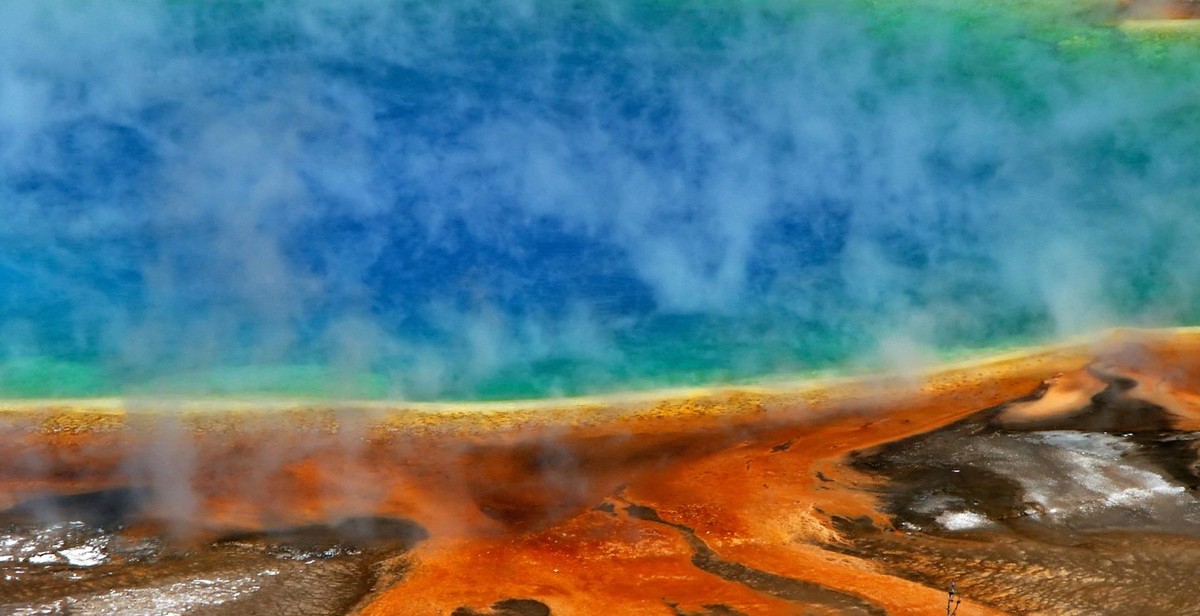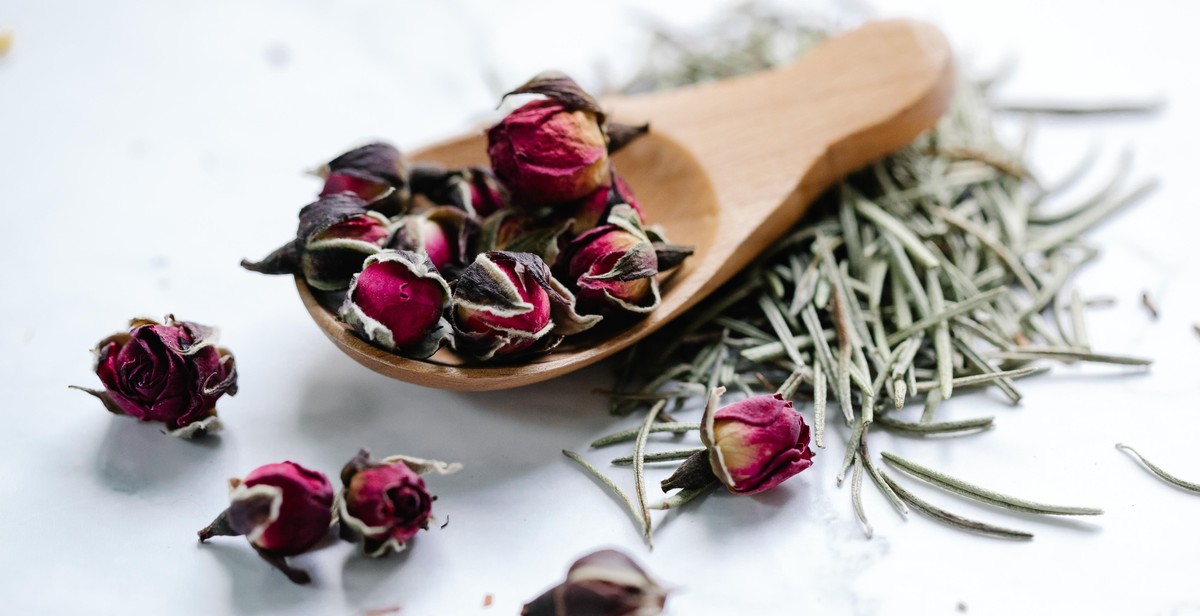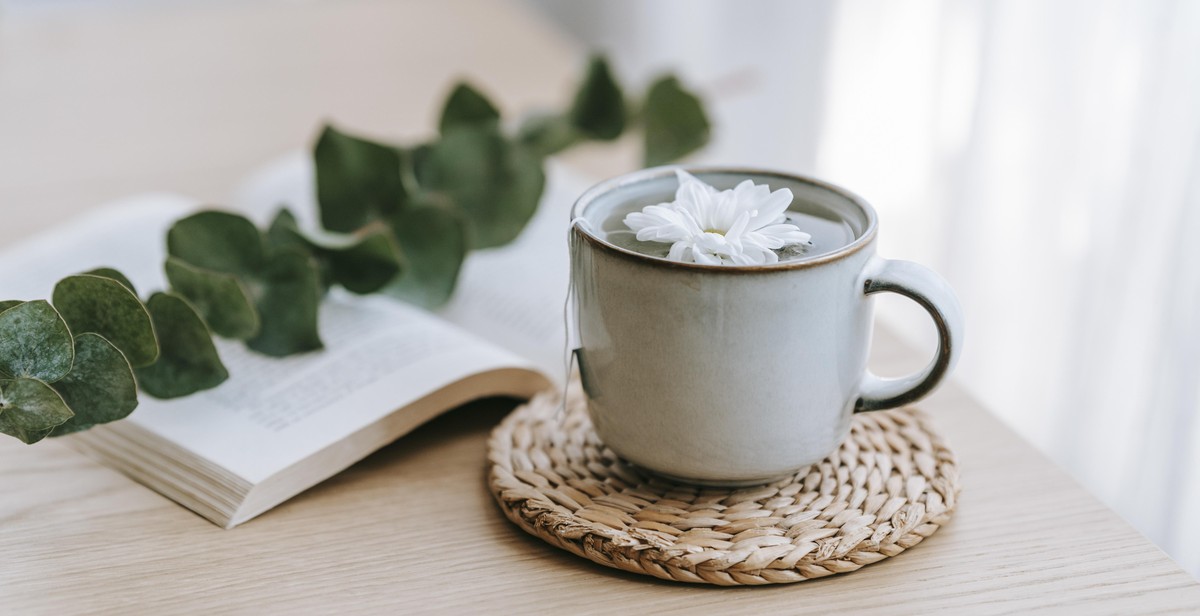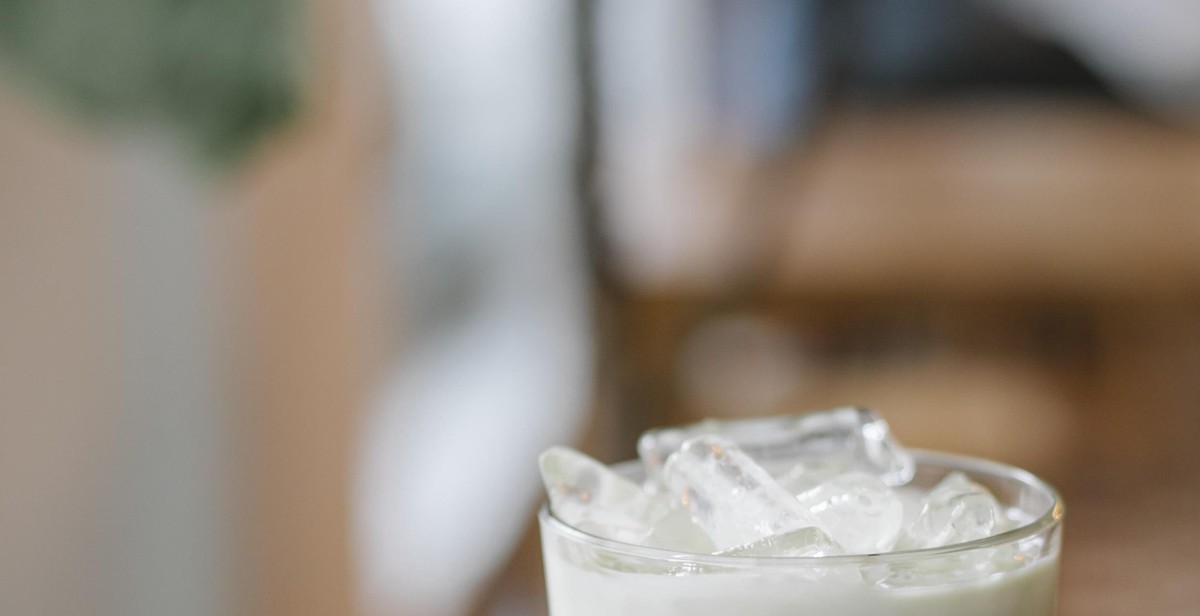Introduction: How to Brew the Perfect Cup of Green Tea
Green tea is one of the healthiest beverages on the planet. It’s loaded with antioxidants and nutrients that have powerful effects on the body. Drinking green tea regularly can improve brain function, promote weight loss, and reduce the risk of cancer, among other benefits.
But to reap the full benefits of green tea, it’s important to know how to brew it properly. Brewing green tea is an art form, and there are many factors that can affect the flavor and quality of the final product. In this article, we’ll guide you through the process of brewing the perfect cup of green tea, step by step.
Why Green Tea is Special
Green tea is made from the leaves of the Camellia sinensis plant, which is native to China and other parts of Asia. Unlike black tea, which is heavily processed and fermented, green tea is made by steaming or pan-frying the leaves, which preserves their natural flavor and nutritional content.
Green tea is also unique in that it contains high levels of a group of antioxidants called catechins, which have been shown to have a wide range of health benefits. These include reducing inflammation, improving blood flow, and lowering cholesterol levels.
Overall, green tea is a delicious and healthy beverage that can be enjoyed at any time of day. By following the tips and techniques in this article, you’ll be able to brew the perfect cup of green tea every time.

Choosing the Right Green Tea
When it comes to choosing the right green tea, there are a few things to consider. One of the main decisions is whether to use loose leaf or tea bags.
Loose Leaf vs. Tea Bags
Loose leaf green tea is the preferred choice for many tea enthusiasts. This is because it is usually of higher quality and offers a wider range of flavors and aromas. Loose leaf green tea is also more eco-friendly, as it produces less waste than tea bags.
However, tea bags are a convenient option for those who are always on the go. They are also easier to use and require less preparation time. Tea bags are also more affordable than loose leaf green tea.
Types of Green Tea
There are several types of green tea available, each with its own unique flavor and health benefits. Some of the most popular types include:
- Sencha: This is the most popular type of green tea in Japan. It has a slightly sweet and grassy flavor.
- Matcha: This is a powdered green tea that is used in traditional Japanese tea ceremonies. It has a rich and creamy flavor.
- Gyokuro: This is a high-quality green tea that is grown in the shade. It has a sweet and mellow flavor.
- Dragonwell: This is a Chinese green tea that has a nutty and slightly sweet flavor.
- Gunpowder: This is a Chinese green tea that is rolled into small pellets. It has a smoky and slightly bitter flavor.
When choosing a green tea, it is important to consider the flavor profile and any potential health benefits. Some green teas may be better suited for certain recipes or occasions.
| Type of Green Tea | Flavor Profile | Health Benefits |
|---|---|---|
| Sencha | Slightly sweet and grassy | Rich in antioxidants and may help lower cholesterol |
| Matcha | Rich and creamy | High in antioxidants and may improve brain function |
| Gyokuro | Sweet and mellow | May help reduce stress and improve cognitive function |
| Dragonwell | Nutty and slightly sweet | May help improve digestion and boost the immune system |
| Gunpowder | Smoky and slightly bitter | May help improve heart health and aid in weight loss |
Ultimately, the choice of green tea comes down to personal preference. Whether you prefer loose leaf or tea bags, or a certain type of green tea, the key is to enjoy it and savor the flavors and health benefits.

Preparing Your Water
The quality of water you use to brew your green tea can make a significant difference in the taste and aroma of your tea. Here are some tips to ensure that your water is perfect for brewing your green tea.
Water Temperature
The ideal water temperature for brewing green tea is between 160°F and 180°F (71°C to 82°C). If the water is too hot, it will scorch the tea leaves, resulting in a bitter taste. If the water is not hot enough, the tea will be weak and lack flavor.
It is important to note that different types of green tea require different water temperatures. For example, Japanese green teas, such as Sencha and Gyokuro, require a lower temperature of around 160°F (71°C), while Chinese green teas, such as Dragonwell and Bi Luo Chun, require a higher temperature of around 180°F (82°C).
Water Quality
The quality of the water you use to brew your green tea can also affect the taste and aroma of your tea. Ideally, you should use filtered or spring water. Tap water can contain chlorine or other impurities that can affect the taste of your tea.
If you do use tap water, it is best to let it sit for a few minutes before brewing your tea. This will allow any chlorine to dissipate, resulting in better-tasting tea.
It is also important to avoid using distilled or softened water, as they can also affect the taste of your tea. Distilled water lacks minerals that are important for the flavor of tea, while softened water contains high levels of sodium, which can also affect the taste of your tea.
| Tea Type | Water Temperature |
|---|---|
| Japanese Green Teas (Sencha, Gyokuro) | 160°F (71°C) |
| Chinese Green Teas (Dragonwell, Bi Luo Chun) | 180°F (82°C) |
By following these tips, you can ensure that your water is perfect for brewing your green tea, resulting in a delicious and flavorful cup of tea every time.

Measuring Your Tea
Measuring your tea is an essential step in brewing the perfect cup of green tea. Using the right amount of tea leaves ensures that you get the right balance of flavors and aromas.
How Much Tea to Use
The general rule of thumb for measuring tea is to use 1 teaspoon of loose tea leaves for every 8 ounces of water. However, this can vary depending on the type of tea you are using and your personal preference.
If you prefer a stronger cup of tea, you can use up to 1.5 teaspoons of tea leaves per 8 ounces of water. On the other hand, if you prefer a milder flavor, you can use less tea leaves.
It’s important to note that using too much tea can result in a bitter and unpleasant taste, while using too little tea can result in a weak and flavorless cup.
Using a Tea Scale
If you want to be more precise in measuring your tea, you can use a tea scale. A tea scale allows you to measure the exact amount of tea leaves you need for your cup of tea.
When using a tea scale, it’s important to follow the manufacturer’s instructions and calibrate the scale before use. Place a small container on the scale and tare it to zero. Then, add the desired amount of tea leaves to the container until you reach the desired weight.
Using a tea scale ensures that you are using the exact amount of tea leaves needed for a perfect cup of green tea every time.
| Tea Type | Amount of Tea Leaves per 8 oz Water |
|---|---|
| Green Tea | 1 tsp |
| Black Tea | 1.5 tsp |
| Oolong Tea | 1.5 tsp |
| White Tea | 1 tsp |
Overall, measuring your tea is an important step in brewing the perfect cup of green tea. Whether you use the general rule of thumb or a tea scale, using the right amount of tea leaves ensures that you get the right balance of flavors and aromas in your cup of tea.

Brewing Your Tea
Now that you have your tea leaves and water ready, it’s time to brew the perfect cup of green tea. The following factors will determine the quality of your tea:
Steeping Time
The ideal steeping time for green tea is 2-3 minutes. Steeping your tea for too long can result in a bitter taste, while steeping it for too short a time may result in a weak tea. It is important to note that the steeping time may vary depending on the type of green tea you are using. For example, some Japanese green teas require a shorter steeping time.
Teapot vs. Infuser
When it comes to brewing green tea, you have the option of using a teapot or an infuser. A teapot is ideal for brewing larger quantities of tea, while an infuser is perfect for brewing a single cup of tea. The choice between a teapot and an infuser ultimately comes down to personal preference.
When using a teapot, add your desired amount of tea leaves to the pot and pour hot water over them. Let the tea steep for the recommended time before pouring it into your cup. If you are using an infuser, place the tea leaves in the infuser and place it in your cup. Pour hot water over the infuser and let the tea steep for the recommended time.
Summary
| Factor | Ideal |
|---|---|
| Steeping Time | 2-3 minutes |
| Teapot vs. Infuser | Personal preference |

Enjoying Your Tea
Green tea can be enjoyed on its own or paired with a variety of foods. Here are some tips on how to enhance your green tea experience:
Adding Milk or Sugar
Green tea is traditionally enjoyed without milk or sugar, as it is believed to dilute the natural flavor and health benefits. However, some people may prefer to add a touch of sweetness or creaminess to their tea. If you do choose to add milk or sugar, it’s recommended to use a small amount to avoid overpowering the taste of the tea. Alternatively, you can try adding honey or a slice of lemon for a natural sweetener.
Pairing Green Tea with Food
Green tea pairs well with a variety of foods, particularly those with subtle flavors that won’t overpower the delicate taste of the tea. Some popular pairings include:
- Sushi or sashimi
- Steamed vegetables
- Light salads
- Grilled fish or chicken
- Fruit or fruit-based desserts
When pairing green tea with food, it’s important to choose a high-quality tea that complements the flavors and textures of the dish. Experiment with different pairings to find your perfect match.
| Green Tea | Food Pairings |
|---|---|
| Sencha | Sushi, steamed vegetables, light salads |
| Matcha | Grilled fish or chicken, fruit or fruit-based desserts |
| Dragonwell | Seafood, stir-fry dishes, roasted nuts |
Remember, the key to enjoying your green tea is to savor the flavor and take your time with each sip. Whether you’re enjoying it on its own or pairing it with food, green tea is a delicious and healthy beverage that can be enjoyed any time of day.
